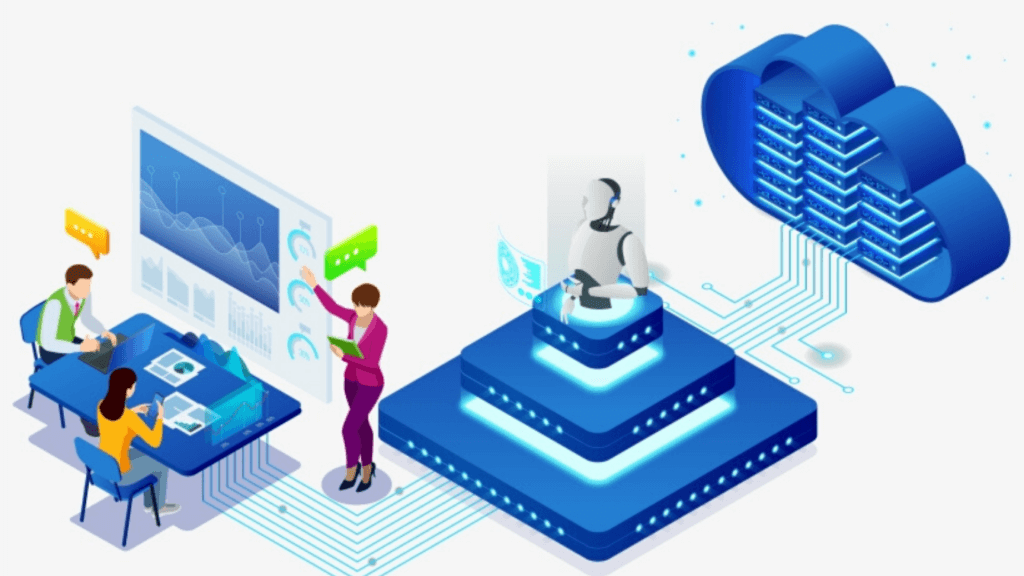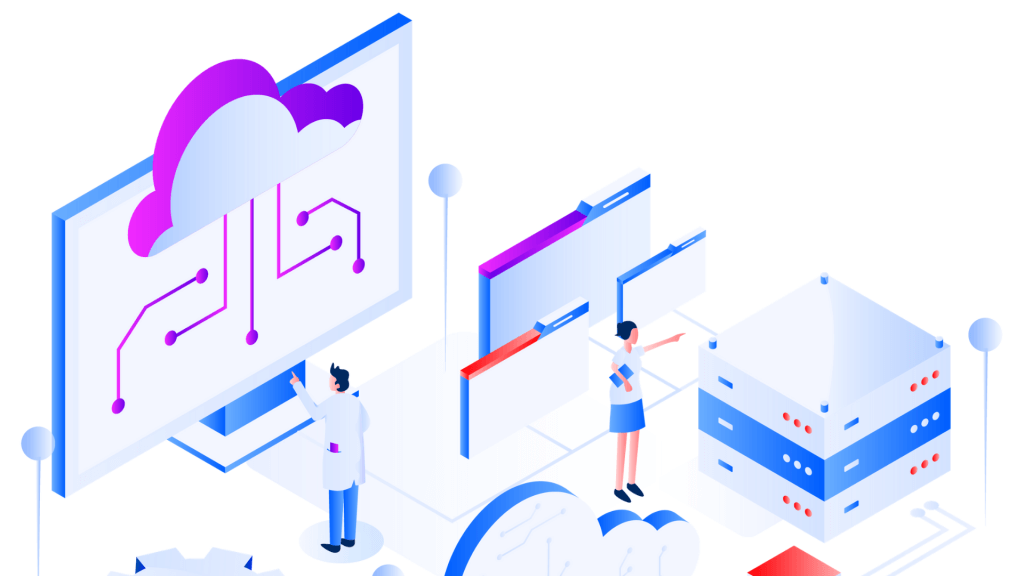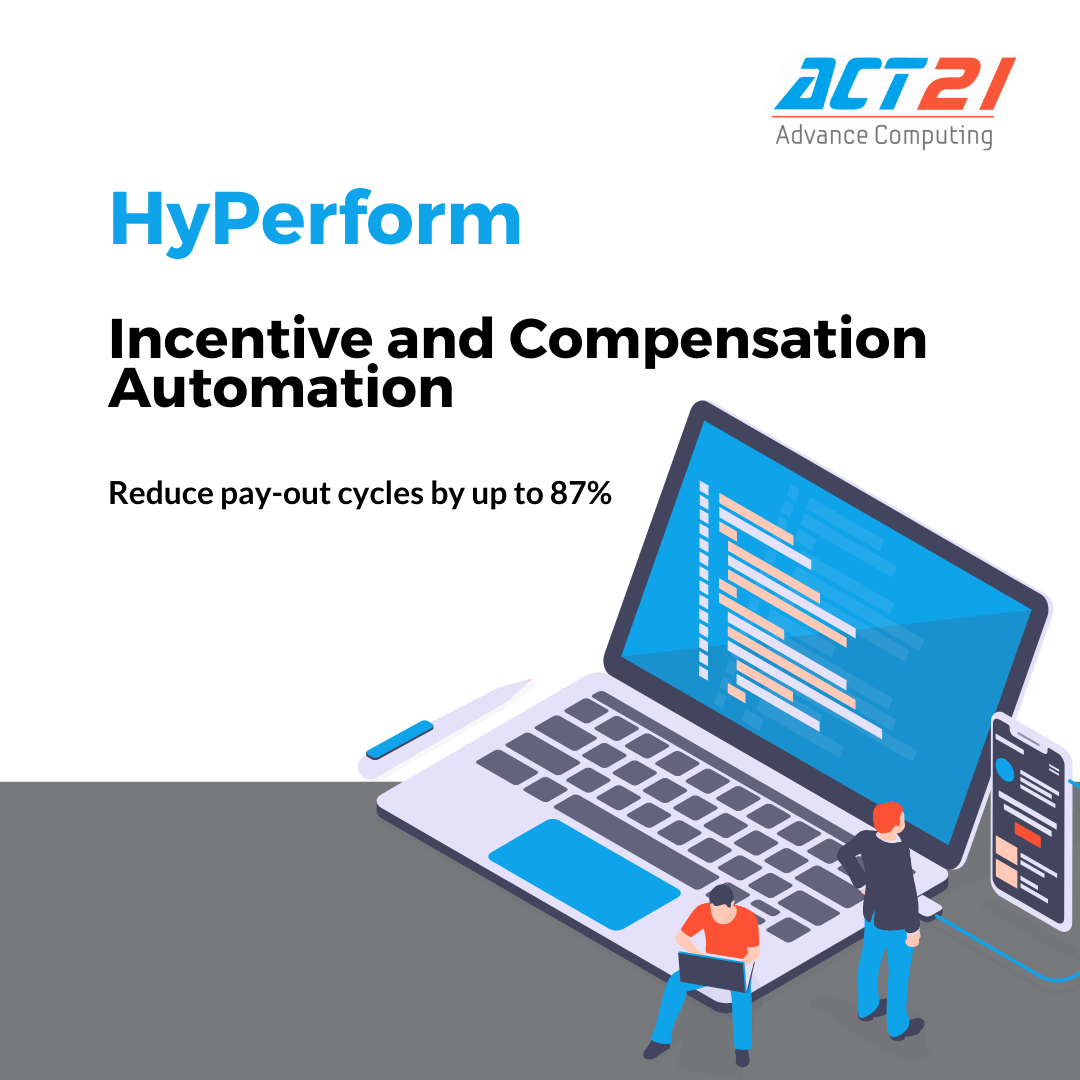Many young urban folks may never know the stress of rushing to the bank either by taking half-day from office or on their lunch break only to be faced with a long queue and a lot of paperwork. Around fifteen years ago, more than half of all banking transactions would take place within the branch network, which is down to less than 10 percent now.
The banking industry is undergoing massive digital transformation, with the 24/7 availability of a host of online banking products and services. Be it opening new accounts, transferring money, checking balance, loan application or bill payments, digital banking has enabled customers to access these services at the tip of their fingers.

What is digital banking?
Digital banking is the digitization of traditional banking activities, where banking services are delivered over the internet. Digital transformation in banking and financial services has been gradual and remains an ongoing process. With the integration of digital technologies, like artificial intelligence, RPA, big data, blockchain and many more, into all areas of business to automate operations, banks are looking to reduce costs, streamline processes, and provide a more seamless and engaging customer experience.
The expectation of consumers around the world from their banks is to act and interact more like top technology brands. Digital banks not only allow users to make deposits and transfers remotely, but they also offer customers the opportunity to more easily apply for loans and access personalized money management services.
Digital transformation in banking
Technology has brought about a radical shift in the banking sector in hundreds of years, changing the way banks engage with customers. For decades, the most important factor in banking has been about efficiency. Banks have been taking many steps forward towards efficiency – from branches and ATMs to internet and mobile banking; from paper forms to paperless documentation.
Heightened consumer demands for easier ways to access banking records and conduct financial transactions outside of bank branches have given rise to ‘Digital banking’. Digital transformation in banking started with limited online banking services like bill payment and account transfer on a bank’s website.

Online banking subsequently paved the way for mobile banking, which offers essentially the same services using apps. Mobile banking refers to a service provided by banks and other financial institutions that allows users to execute routine banking tasks using a mobile device such as a tablet or smartphone.
Digital banking is offered by both traditional banking institutions and tech-savvy startups. Unlike legacy banks that offer online services, digital-only banks are designed entirely electronically. Speed, convenience and enhanced customer experience are the key factors that are appealing to the millennial and Gen Z customers about digital banking. With zero physical presence, digital-only banks pass on their minimal operating costs to their banking customers, thus making them cost-efficient.
Technologies accelerating digital transformation in banking
Banks around the world are already realizing the benefits of investment in digital technologies. Implementation of digital technologies in different types of banking activities is helping banks in customer acquisition and satisfaction. Moreover, increased consumer demand for digital banking solutions is driving investment and innovation in new-age technology such as AI (Artificial Intelligence), RPA (Robotic Process Automation), chatbots etc.
Let’s take a look at some of disruptive digital technologies reshaping the banking services
Artificial intelligence
Banks are leveraging new-age technology like AI that results in lower costs and more revenue and provides greater value to a larger customer base. As per a study by Business Insider Intelligence, by 2023, banks can save the average estimated cost of $447 billion using AI. By 2030, traditional financial institutions using AI could reduce their costs by 22%, as per a report on AI from Autonomous.
AI is primarily used to streamline customer experience by providing necessary information or executing different transactions with chatbots and robots. AI facilitates mobile banking, thus enabling customers to get 24/7 access for banking operations. Additionally, AI helps banks to make more effective lending decision and better risk management.
Chatbots
Everyone today has a tight work schedule that clashes with bank’s working hours. Time restriction irritates customers and affects customer experience. Customers today want to get their queries resolved in real-time. Chatbots help customers 24/7 with quick response and effective resolution of their issues.
Powered by AI, chatbots have been adopted by many finance companies to reduce cost and meet ever-changing market expectations. As per Juniper Research, retail sales from interactions using chatbots are estimated to reach $112 billion by 2023. Organizations like Bank of America, Capital One, etc. have been using bots for many years to resolve simple queries.

Big data
The volume of data i.e. debit/credit card transactions, ATM withdrawals, money transfer, etc. generated by banks is increasing every day. It is difficult to gain actionable insights to create more opportunities with this data. Big data helps in processing banking data effectively to get valuable information and make informed decisions.
With big data, banks can learn about their customers in a better way through analysis of customers’ purchase habits and sales management. Banks can use this technology for other purposes like product marketing, cross-selling, identification of highest value clients and potential leads, fraud detection and customer feedback analysis.
Robotic process automation (RPA)
Robotic process automation (RPA) is a technology that mimics human actions to deal with low-priority questions from customers like account balance check, payment queries etc. It enables robots and virtual assistants to complete repetitive and time consuming tasks seamlessly without getting any human agents involved in the process. It allows human agents to focus on more complex and high-priority tasks. Not only does it improve productivity but also reduces operational costs and the error rate.
Cloud computing
Cloud computing is a technology used by banks and financial institutions for storing data and delivering computer services over the internet. Banks and customers can easily store, manage and access information via the cloud. It makes 24/7 customer service possible from anywhere. In digital banking, cloud computing promotes safe online payments, money transfer, wallet, etc.
Cloud computing has reduced the operation costs of banks by providing cost-effective solutions. Banks only pay for the services they actively use on the cloud. IDC Financial Insights estimates the biggest banks in the world are saving $15 billion from cloud adoption, reducing technology infrastructure costs by 25%.

IoT (Internet of Things)
Financial industry is discovering IoT (Internet of Things) benefits. Numerous devices are connected to each other and banks collect all information about customers from the devices used. As more banking customers are using online platforms for a variety of financial transactions and to connect with banks, the volume of data is increasing every day.
The information available through IoT will help banks identify customers’ needs and also gain customer insights. Customer information will also help banks offer value added services and customized products to ensure more effective customer experience and successfully maximize up-sell and cross-sell.
Blockchain
Used widely for cryptocurrencies, blockchain is a public distributed database that helps in keeping track of transactions in a secured and verifiable way. Blockchain is expected to disrupt banking services by improving security, reducing transaction processing costs and improving customer experience. Blockchain is easy to operate and ensures protection of customer’s personal and financial information by storing the data on multiple blockchain servers.
As per a report from Accenture, investment banks would be able to save $10 billion in annual cost by adopting blockchain technology to accelerate clearing and settlement services. Majority of the biggest banks in the world are exploring blockchain in different types of banking activities.
Conclusion
Banks around the world have witnessed radical changes over several decades from standalone PCs and Core Banking Solution (CBS) to AI, Mobile Banking and now Blockchain. Digital transformation in banking and financial services is rather endless and going to speed up in the upcoming days. State-of-the-art technologies will bring about new transformation that will require constant upgrade and support.
The COVID-19 pandemic impacts every sphere of human activity. Financial institutions are forced to move quickly to transform their operations and serve customers in new, improved ways. Digitization of banks will play a key role in making banking operations cost-effective and more efficient.
Whats in for Banks and Financial Institutions from ACT21 Software
Most banks and financial institutions are still calculating incentive payouts manually, just think about the time and effort that goes into it. As per a report, 95% of times there is an error while manually computing compensation, this simply ruins the flow of getting more business by employees/ partners. Transparency matters!
As per a report, 95% of times there is an error while manually computing compensation, this simply ruins the flow of getting more business by employees/ partners. Transparency matters!
76% of Banks are still computing their compensations manually.
Spreadsheets are not competent to track and manage enterprise processes. This results in building a team that is only involved in managing manual tasks like creating templates, tracking workbooks, compiling data, and reporting on results then you should admit that your employees are probably already dealing with frustration, late nights, and inevitable errors.
If you want to reduce risk and achieve speedy processing and computation of compensations then we would say R.I.P spreadsheet and welcome automation!
According to Our Survey:
Here are a few things your financial institution are facing if they have still not automated their process in the incentive compensation area:
- 54% of companies manage compensation manually through spreadsheets or homegrown systems
- More than 95% of spreadsheets contain errors
- Organizations spend up to 5 hours per month analyzing data from spreadsheets


Despite widespread adoption of automation for other functions in the banks and financial institutions, incentive and compensation largely remain a manual process.
There are thousands of agencies like DSA’s, Collection, Payout, Verification, and Marketing Agencies and on-role and off-role employees that banks and other financial institutions pay substantial commissions to on a periodic basis.
However, spreadsheets or legacy applications are not designed to handle complexities of modern incentive payouts and are also not efficient to manage operational, financial, and audit risks.
What do the Banks and FI’s Expect?
The majority of the clients who reach out to us desire to cut down on the error-prone manual processes involved. They wish to induce automation and make this process smoother, faster, and reliable with respect to Audit requirements.
How can all of that and more be Achieved?
Banks and financial institutions who have adopted incentive compensation management solutions say that automation has made a positive contribution to their ability to manage compensation effectively. Outdated methods of spreadsheets and emails simply do not offer these sophisticated capabilities.
ACT21 Software offers Hyperform (Payout and computation management system), intuitive and adaptive solutions for all your Incentive computation and management requirements, which can take in your headaches for end-to-end payout process and keep your relationship with your partners concrete strong. This solution will give your bank/ financial institution an edge in the market.
Why iNCENTIVO?
With iNCENTIVO, we encourage financial institutions to eliminate spreadsheets and embrace automation which can successfully eliminate errors and minimize the risk associated with compensation payouts.
Next Level Impact with Artificial Intelligence
The three pillars of incentive management are technology, people, and data. And where there is data there are high possibilities of incorporating machine learning solutions to make sense of that data. Top management can meditate on the outcomes and findings using Machine Learning models and scale up their revenue.

Stakes are very high in the BFSI segment and the worst part is frauds that are being detected after the damage is done and revenue is leaked. To catch third-party frauds early and prevent revenue loss AI is incredibly helpful.
With the help of data and automated AI – Driverless AI, this can be smoothly achieved, there is so much more that can be incorporated, like understanding the pattern of sales of each third-party agent or employees and devising incentive plans accordingly using Machine Learning.
Get in touch with us
Incentive Compensation Management is a huge pain point that needs to be addressed. If not managed well this can flush out a major revenue portion of banks and NBFC’s. So R.I.P the spreadsheets and adopt automation today!
Want to experience this amazing automation software – Hyperform? Then, just drop a mail to us and we shall schedule a quick demo for you. It’s an agile and scalable boutique software exclusively developed for the BFSI verticle and adopted by top banks like Kotak Mahindra, Bajaj Finserv, and more.

